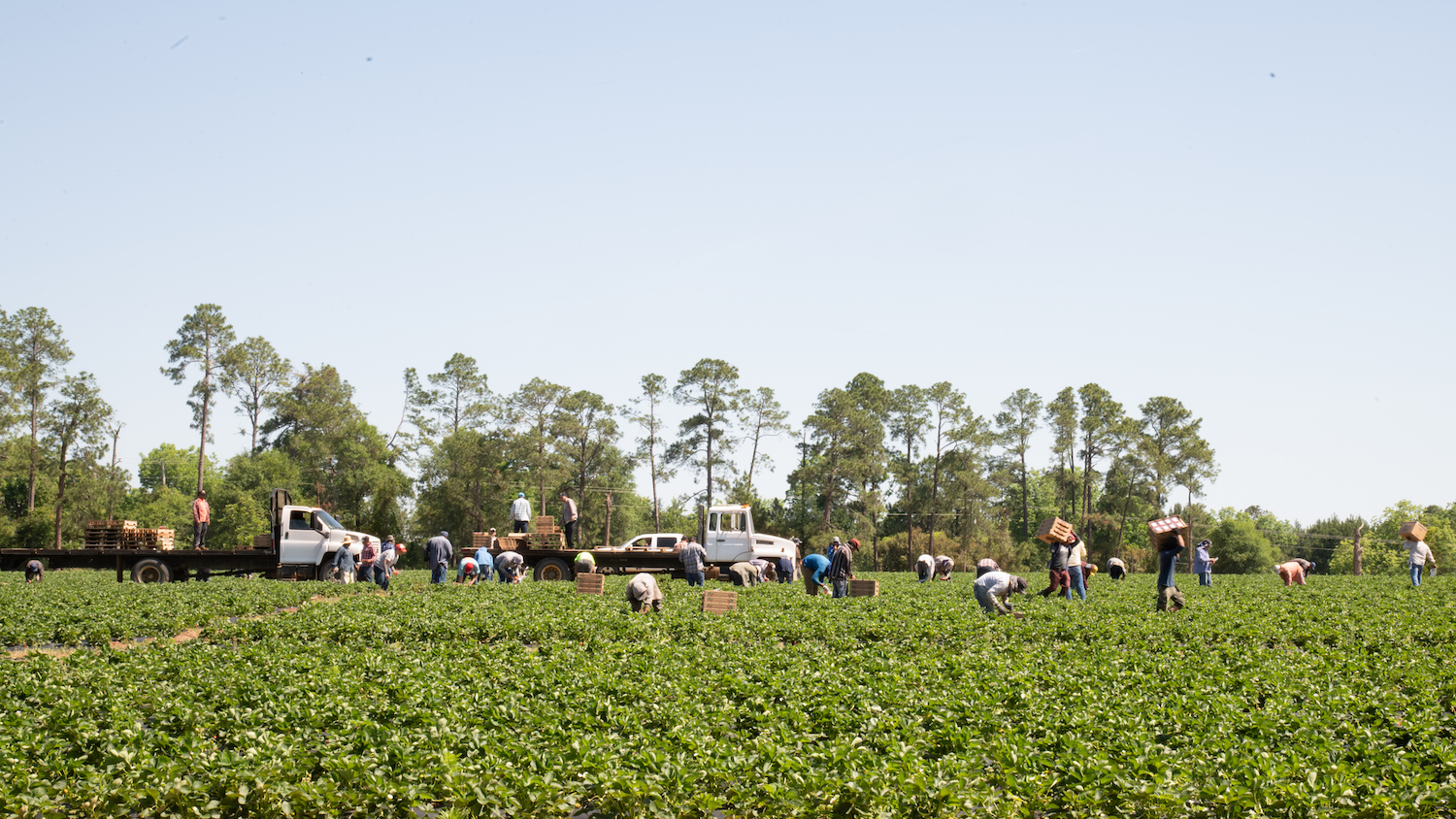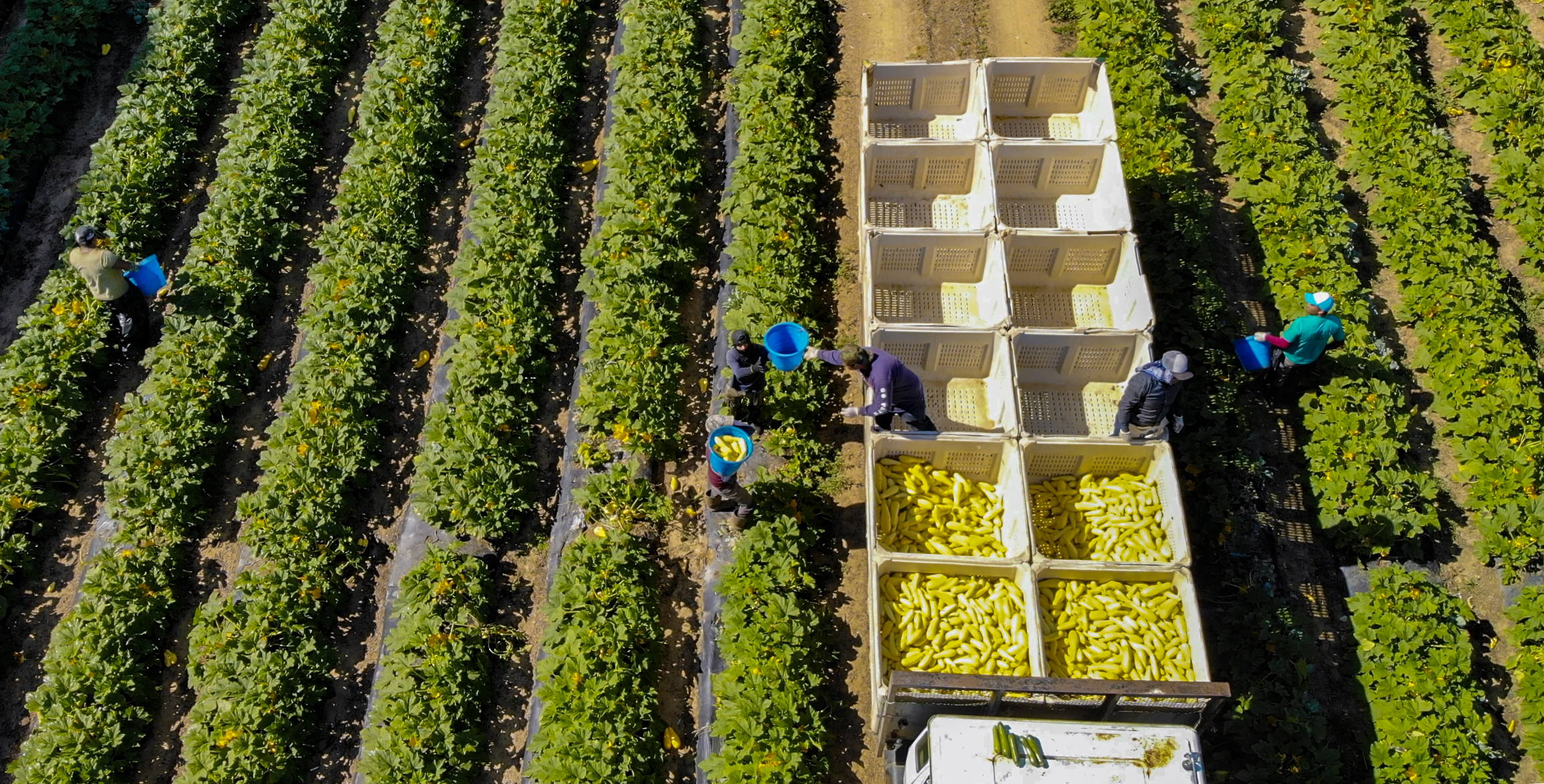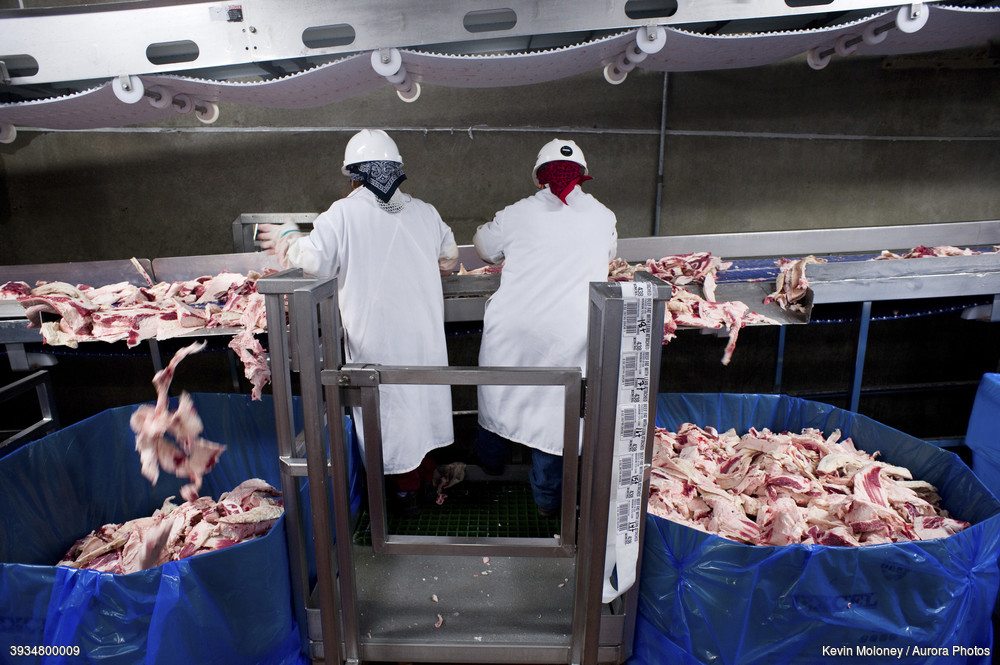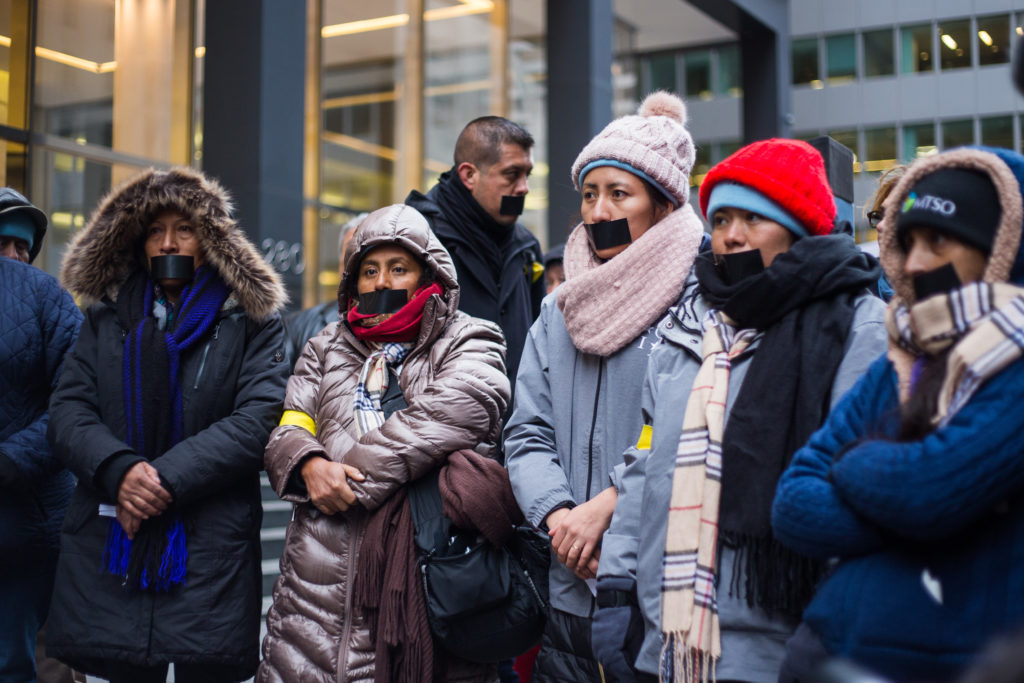As part of a compromise to allow farmers to hire year-round foreign guest workers, the House of Representatives voted on Wednesday to create a path to legal status for over a million undocumented farm workers, in what could be the most significant action on immigration in decades.
The Farm Workforce Modernization Act, a sweeping, 224-page bill, passed the House by a 260-165 vote. Backed by hundreds of farm groups, and politicians on both sides of the aisle, supporters said the act would end the shadow of uncertainty and fear of deportation experienced by many field workers in the U.S. If passed in the Senate and signed into law by President Trump, it would be the first mass legalization of undocumented farm workers since the Reagan administration.
The act allows undocumented immigrants currently residing in the U.S. to apply to become “certified agricultural workers,” a temporary legal status, if they have worked in farming for at least 180 days in the past two years and pass background checks.
This new status, which also covers spouses and children, can be renewed indefinitely, as long as the worker stays in farming for at least 100 days per year. Certified agricultural workers can apply for a green card after paying a $1,000 fine for violating immigration law, and agreeing to work in agriculture for another four or eight years, depending on how long they’ve already been in fields.
The bill requires mandatory E-Verify for all farm employers. The online system, which checks work forms against a federal security database, is already required in many states, and would phase in after the reforms are implemented.
“Certified agricultural worker” status is only available to current residents of the U.S., not those considering emigration now. But the Farm Workforce Modernization Act addresses that issue through its other major component: an expansion of the H-2A guestworker program. The two reforms are bundled together because they’re both vectors of what farm businesses, in a letter to Congressional leaders, are calling a “labor crisis facing American agriculture.”
In the last five years, more than half of California farmers haven’t had enough workers to pick their crops, despite raising wages and benefits, according to a May survey conducted by the California Farm Bureau and the University of California, Davis.
That shortage is caused, in part, by an undocumented workforce that is deportable and lives in fear of ICE raids, according to the survey. The new rules would make undocumented immigrants, who make up between 47 and 70 percent of American farm workers, less vulnerable. They would also secure a labor pool for farm operators and limit business disruptions.
“A stable, legal workforce is needed to ensure farmers and ranchers have the ability to continue producing an abundant, safe, and affordable food supply,” a group of 300 farm groups wrote in a letter in support of the bill.
The act creates a portable visa pilot program that allows so-called free agent workers to move from farm to farm
Increasingly, farmers are turning to guest workers for help. Since 2005, H-2A applications have risen from 48,000 positions to 243,000 positions in 2018, which the Economic Research Service says is a clear indicator of labor scarcity.
In response, the bill streamlines the H-2A application process, and makes some of those visas more flexible. The act authorizes three rounds of 20,000 visas for year-round work—especially important in sectors, such as dairy farming, that require labor throughout the seasons. It also creates a portable visa pilot program that allows so-called free agent workers to move from farm to farm. Currently, all H-2A workers are bound to one employer.
“Being able to extend visas for a longer period of time would obviously be a benefit,” says Lupe Sandoval, the managing director of the California Farm Labor Contractor Association. “The border continues to be very, very tight. We don’t have much by way of new arrivals to supplement our aging workforce. So we are relying much more on H-2A visa workers.”
Some progressives take issue with the bill. Daniel Costa, an economist at the Economic Policy Institute, a Washington, D.C.-based think tank, says the rule changes would hurt guest workers by freezing their wages next year, and allowing increases of no more than 3.25 percent over the next decade. Although their pay, known as the adverse effect wage rate, is currently above minimum wage, he says that in the long run, migrant workers would lose money.
“They’ll be tied to farm employment for either, depending on how long they’ve been working, for four or eight years,” he says. “That kind of keeps them in agriculture, and gives the employer more power over them, over whether they can ever get a green card.”
This is not the first time that politicians have tried to legalize the country’s massive unauthorized farm workforce. President Ronald Reagan’s Immigration Reform and Control Act of 1986 granted legal status to millions of undocumented Americans, including over a million farm workers who applied for status as “special agricultural workers.”
Like the Farm Workforce Moderization Act, Reagan’s immigration reform was a three-part compromise: amnesty for millions of undocumented Americans, increased immigration enforcement, and expanded guest worker programs. The program stopped in 1988 due to fraud, Stateline reports. Since then, similar farm labor compromises, such as AgJOBS in the early 2000s and comprehensive immigration reform of 2013, have failed to pass Congress.
The bill, which is co-sponsored by 37 Democrats and 25 Republicans, now heads to the Republican-controlled Senate, where backers are hopeful that anti-immigration hardliners will be swayed by farmers who say their business needs a dependable workforce.
At an October immigration forum, David Shahoulian, chief counsel for the House Judiciary’s immigration subcommittee, said some Republican Senators will support the bill, but conceded that President Trump was unlikely to grant amnesty to undocumented Americans.
“Will this President and Stephen Miller see it and, excuse my language, crap all over it and kill it? Yeah, that’s very possible, but you gotta try, right?” Shahoulian said.
“This holds the promise of comprehensive reform. You have a sector that clearly is dependent on immigrants. You have a lot of very conservative Republican farmers who recognize that, and go to their Republicans, and say, ‘We need these people … If you deport them, we close down, and we can’t just replace them,’” he continued. “We’re hoping that takes. And people get comfortable with that.”












